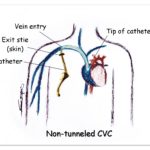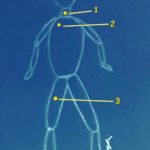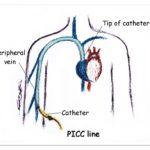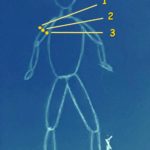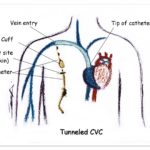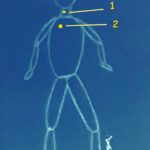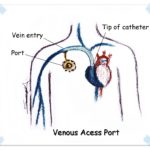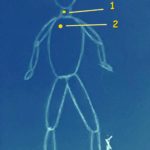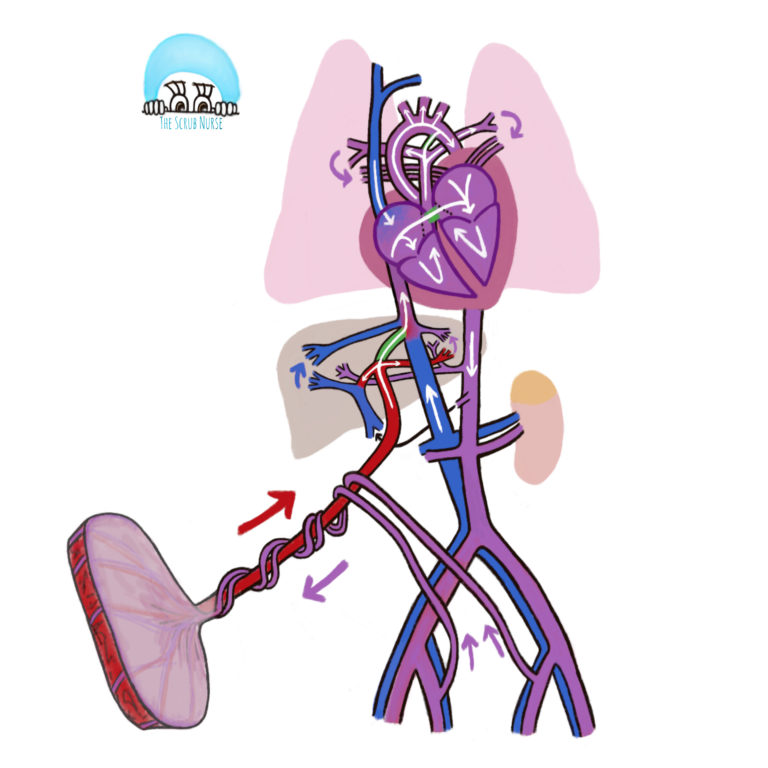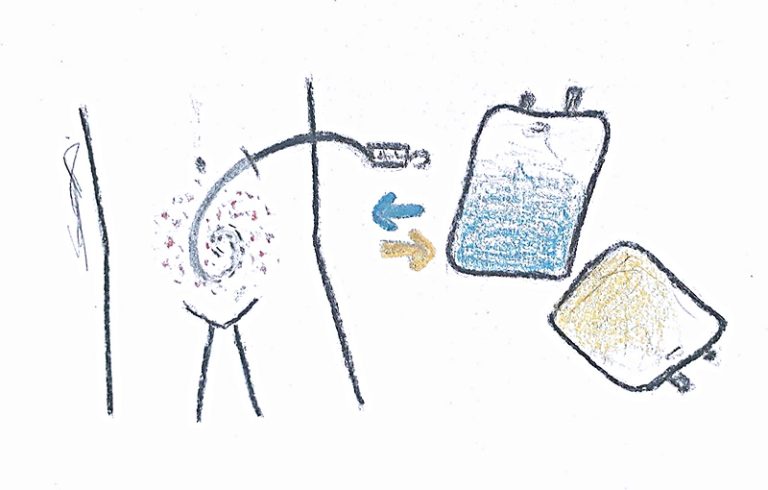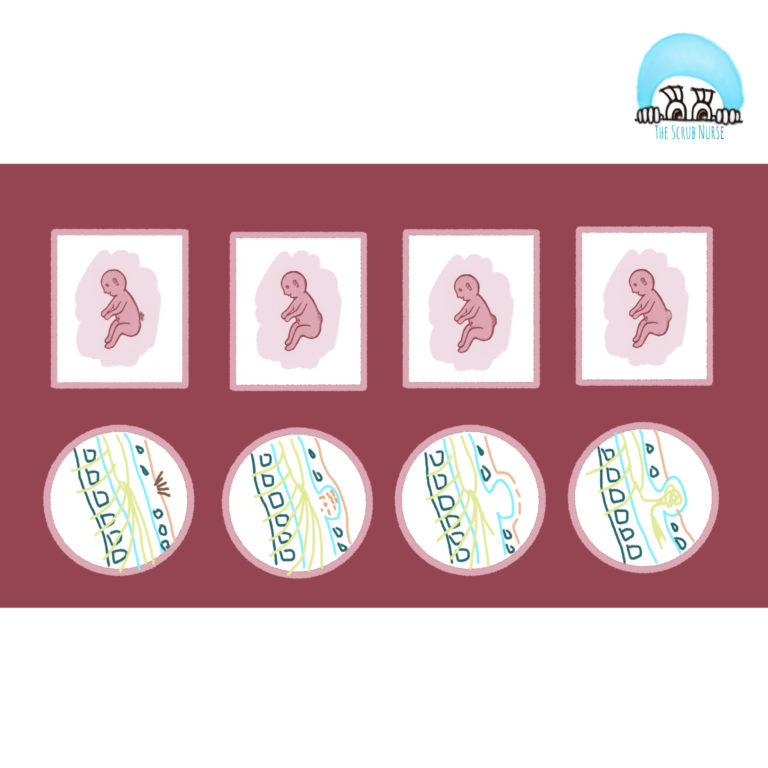Permcath, Vascath, Portacath, Hickmann line, PICC line – what are the differences?
Permcath® and Hickmann® line are Tunnelled catheters
Vascath® is a Non-tunnelled catheter
Portacath® is aTotally implatable catheter
PICC line is a Peripherally inserted catheter
Before we tie a knot in our brain trying to understand all these different lines, let’s start by defining the group to which these catheters belong 🙂
Central Venous Catheters (CVC) also known as a central line or a Central Venous Access Device (CVAD) are indwelling devices inserted into a vein of the central vasculature.
They can be classified as Non-Tunelled, Tunelled, Peripherally inserted and Totally implatable, depending on how the catheter is inserted.
Types of CVCs:
👉Non-tunnelled (also known as Percutaneous and Non-Cuffed CVC): the catheter is inserted by puncturing directly into the skin and vein without tunneling the subcutaneous tissue.
Duration: short term (days to 3 weeks);
Indications: Difficult intravenous access; infusion of irritant drugs, vasopressors and inotropes; short term total parenteral nutrition;
Examples: Multi-lumen short-term CVC; Percutaneous introducer; Temporary hemodialysis catheter (Vascath®);
Note: only used in Critical Care Areas; catheter tip is positioned within the right atrium (if soft silicone catheter) or at the junction of the superior vena cava with the right atrium (if polyurethane catheter, to avoid right atrium wall damage).
👉Peripherally inserted (known as PICC line – Peripherally Inserted Central Catheter): The catheter is inserted into a vein of the upper arm.
Duration: Medium term (weeks to months, up to 1 year)
Indications: Difficult intravenous access; blood sampling; medium term drug administration (e.g. antibiotics); administration of irritant drugs (such as chemotherapy); total parenteral nutrition
Note: requires adequate peripheral venous access; the tip of the PICC line rests in the superior vena cava at the junction of the right atrium
👉Tunnelled: line in which the proximal end of the catheter is tunneled subcutaneously from the insertion site and brought out through the skin at an exit site.
Duration: long term (months to years, for intermittent or continuous access)
Indications: Long term administration of irritant drugs (such as chemotherapy)
Examples: Hickmans®, Broviac® and permanent hemodialysis catheters (e.g. Perm-Cath®, Hemosplit®, or Equistream®).
Note: the cathter has a cuff to reduce line colonisation along tract; the catheter tip is placed at the junction of the superior vena cava and the right atrium.
👉Totally implatable (also known as Implanted Venous Access Device (IVAD), or “Port”): line that is surgically placed into a vessel, body cavity, or organ and is attached to a reservoir or “port” located under the skin.
Duration: long term (months to years, for intermittent or continuous access)
Indications: Long term intermittent access (e.g. patients with regular hospital admissions with poor intravenous access); administration of irritant drugs (such as chemotherapy)
Examples: Portacath®
Note: a Non-coring needle (Huber needle) is needed to access the device; the catheter tip is placed at the junction of the superior vena cava and the right atrium.

References:
bmj.com
fraserhealth.ca
lavascular.com
BMJ – central venous catheters
sciencedirect.com

